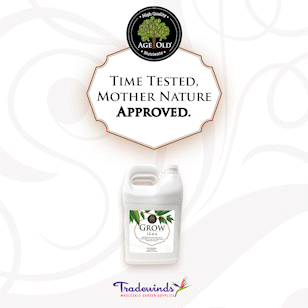
Common Names: Wood sorrel and false shamrock
Light Needs: High light and full sun.
Best Temperatures: At or above 50ºF (10ºC)
Water and Humidity Needs: Keep evenly moist. Can tolerate a little drought, but it may go dormant.
Growing Guidelines: Add sand and peat to all-purpose soil and re-pot in the fall as needed.
Common Problems: Spindly growth if there is not enough light. If the temperature becomes too hot, the plant may go dormant but it will return when temperatures cool.
Propagation: Divide the rhizomes or offsets and repot.
Comments: Flowers and leaves fold up at night and cloudy days.
Oxalis is a large genus of flowering plants in the wood-sorrel family Oxalidaceae comprising about 570 species. The genus occurs throughout most of the world, except for the polar areas; species diversity is particularly rich in tropical Brazil, Mexico and South Africa. It grows in areas with tropical and temperate climate, on the light, well-drained soil, exposed to direct sunlight or in the partial shade. It can be found in the fields, forests, along the roads and in the wastelands. People cultivate oxalis in ornamental purposes and as a source of food.
Fun Facts about Oxalis
- Oxalis is low-growing plant that can reach 6 to 10 inches in height that has a tuberous, succulent root that can be yellow, orange-red, apricot or pink colored.
- Oxalis has clover-like leaves composed of 3 (or rarely more) triangular or rounded leaflets.
- Leaves can be green or purple colored and will respond to darkness by folding backwards.
- Oxalis produces white, yellow, rose-purple or pink flowers that grow individually on top of the flowering stalks.
- Flowers contain both types of reproductive organs (perfect flowers). It blooms during the spring and summer and the flowers are a rich source of nectar which attracts bees, butterflies and flies, main pollinators of these plants.
- Fruit of oxalis is small capsule filled with few seed.
- Oxalis propagates via seed and bulbils (small underground stems with fleshy leaves).
- Entire plant has slightly acidic taste, hence the name “oxalis” (“oxys” means “sour” in Greek).
- Oxalis is also known as “wood sorrel”, but despite its name, oxalis is not closely related with true sorrels. Another common name, “false shamrock”, refers to the clover-shaped leaves of this plant.
- Oxalis is rich source of vitamin C and all parts of the plant are edible. The leaves have a pleasantly sour taste and they are often consumed in the form of salads. It was very popular among sailors in the past, who consumed leaves of this plant on a regular basis to prevent development of scurvy (disorder induced by deficiency of vitamin C). Starchy tubers are used for the preparation of various soups and sauces. It can be also consumed in the form of tea.
- People diagnosed with kidney stones, arthritis and gout should avoid consumption of oxalis due to high content of oxalic acid.
- Native Americans used oxalis (mixed with sugar) for the preparation of sweet desserts. They also used this plant in treatment of fever, nausea and sores in the mouth.
- Oxalis contains substances which can improve digestion and facilitate elimination of excess water from the body.
- Yellow wood sorrel (type of oxalis) can be used as a source of yellow and orange dye.
- It can grow as annual (lifespan: one year) or perennial (lifespan: two years) plant, depending on the species.
Related Articles & Free Email Newsletter Sign Up
Anise Hyssop is Great Plant for Your Greenhouse
Aloeaceae is a Great Plant for Your Greenhouse




Comment here